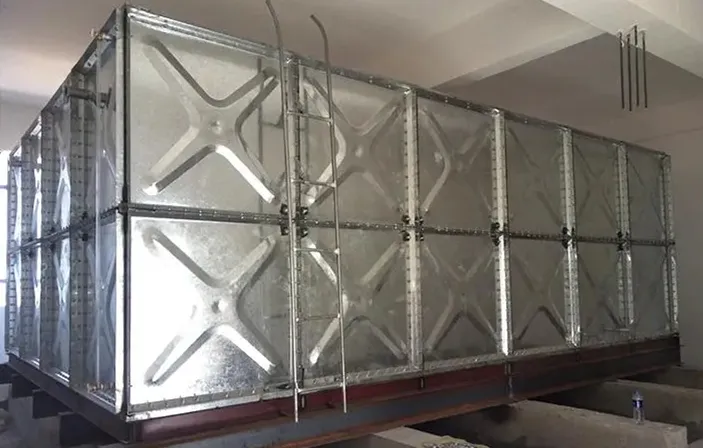loading...
- No. 9, Xingyuan South Street, Dongwaihuan Road, Zaoqiang County, Hengshui, Hebei, China
- admin@zjcomposites.com
- +86 15097380338
- Welcome to visit our website!
Affordable Solutions for FRP Handrails Pricing and Installation Options for Your Needs
Understanding the Price of FRP Handrails
In today's construction and industrial landscape, safety remains paramount, and one of the critical components in ensuring safety is the installation of handrails. Fiberglass Reinforced Plastic (FRP) handrails have gained popularity due to their durability, lightweight nature, and corrosion resistance. However, when considering the installation of FRP handrails, one of the first questions that often arises is what is the price of FRP handrails, and what factors influence this cost?
What are FRP Handrails?
FRP handrails are made from a composite material that combines fiberglass with resin, resulting in a product that is not only strong but also resistant to environmental factors such as moisture, chemicals, and UV rays. These properties make FRP handrails suitable for various applications, including industrial sites, commercial buildings, and outdoor settings. Their lightweight nature allows for easier installation, often resulting in cost savings on labor.
Factors Affecting the Price of FRP Handrails
The price of FRP handrails is influenced by several factors
1. Material Quality The quality of the fiberglass and resin used in the production of the handrails significantly impacts the price. Higher quality materials generally offer better strength and longevity, which may justify a higher initial investment.
2. Design Features Custom designs or unique color finishes can raise the price. Standard designs are typically more cost-effective, while tailored solutions that require specific dimensions or aesthetics can lead to increased costs.
frp handrail price

3. Height and Length The total length and height of the handrail needed for a project directly affect material costs. Longer or taller installations require more material, thus increasing the price.
4. Installation Costs While FRP handrails are lighter and easier to install compared to traditional metal handrails, the complexity of the installation may vary depending on the site conditions. If professional installation is required, this can add to the overall cost.
5. Supplier Pricing Prices can vary significantly from one supplier to another. Factors such as the supplier's location, reputation, and bulk pricing can influence the overall cost. Additional costs may be incurred for shipping and handling, especially for larger orders.
6. Market Demand Fluctuations in market demand and supply for FRP materials can also impact prices. For instance, if there is a sudden increase in the demand for FRP products due to new regulatory safety standards, the prices may rise accordingly.
Average Cost of FRP Handrails
While specific pricing can vary widely based on the factors mentioned above, a rough estimate for FRP handrails ranges from $30 to $60 per linear foot. This estimate can fluctuate based on customization, additional features, or installation services. For example, a basic FRP handrail might cost around $30 per foot, while customized solutions with enhanced aesthetics may cost upwards of $60 per foot or more.
Conclusion
The price of FRP handrails is influenced by various factors, including material quality, design specifications, installation complexity, and supplier pricing. Understanding these elements can help buyers make informed decisions when considering FRP handrails for their projects. The initial investment may seem steep, but the long-term benefits—such as durability and low maintenance—often outweigh the upfront costs. Investing in FRP handrails is not just about immediate expenditure, but about ensuring safety and reliability for years to come.
-
GRP Structures: The Future of Lightweight, High-Performance EngineeringNewsJun.20,2025
-
FRP Water Tank: High-Performance Storage for Corrosive and Clean Water SystemsNewsJun.20,2025
-
FRP Square Tube: The New Industry Standard for Chemical and Structural ApplicationsNewsJun.20,2025
-
FRP Pultruded Profiles: The Ultimate Choice for Lightweight Structural StrengthNewsJun.20,2025
-
FRP Handrails: The Safer, Smarter, and Stronger Choice for Modern InfrastructureNewsJun.20,2025
-
FRP Grating: The Smart Solution for Durable, Lightweight Industrial FlooringNewsJun.20,2025
-
Why Choose a Galvanized Water Tank for Your Storage NeedsNewsMay.21,2025
